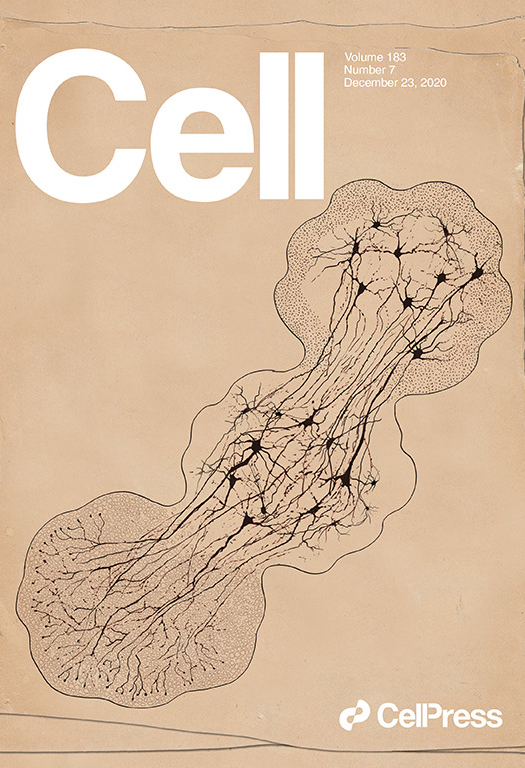Cell. 2020 Dec 19;S0092-8674(20)31619-6. doi: 10.1016/j.cell.2020.11.047. Online ahead of print.
Pablo Ávalos Prado 1, Stephanie Häfner 1, Yannick Comoglio 1, Brigitte Wdziekonski 1, Christophe Duranton 2, Bernard Attali 3, Jacques Barhanin 2, Guillaume Sandoz 4
Affiliations
1 Université Cote d’Azur, CNRS, INSERM, iBV, Nice, France; Laboratories of Excellence, Ion Channel Science and Therapeutics, Nice, France.
2 Laboratories of Excellence, Ion Channel Science and Therapeutics, Nice, France; Université Côte d’Azur, CNRS, LP2M, Medical Faculty, Nice, France.
3 Department of Physiology and Pharmacology, Sackler Faculty of Medicine and Sagol School of Neurosciences, Tel Aviv University, Tel Aviv, Israel.
4 Université Cote d’Azur, CNRS, INSERM, iBV, Nice, France; Laboratories of Excellence, Ion Channel Science and Therapeutics, Nice, France. Electronic address: sandoz@unice.fr.
Abstract
Determination of what is the specificity of subunits composing a protein complex is essential when studying gene variants on human pathophysiology. The pore-forming α-subunit KCNQ1, which belongs to the voltage-gated ion channel superfamily, associates to its β-auxiliary subunit KCNE1 to generate the slow cardiac potassium IKs current, whose dysfunction leads to cardiac arrhythmia. Using pharmacology, gene invalidation, and single-molecule fluorescence assays, we found that KCNE1 fulfils all criteria of a bona fide auxiliary subunit of the TMEM16A chloride channel, which belongs to the anoctamin superfamily. Strikingly, assembly with KCNE1 switches TMEM16A from a calcium-dependent to a voltage-dependent ion channel. Importantly, clinically relevant inherited mutations within the TMEM16A-regulating domain of KCNE1 abolish the TMEM16A modulation, suggesting that the TMEM16A-KCNE1 current may contribute to inherited pathologies. Altogether, these findings challenge the dogma of the specificity of auxiliary subunits regarding protein complexes and questions ion channel classification.
PMID: 33373586
DOI: 10.1016/j.cell.2020.11.047

